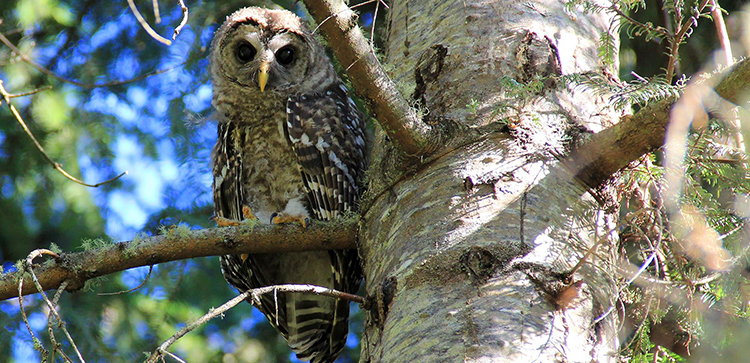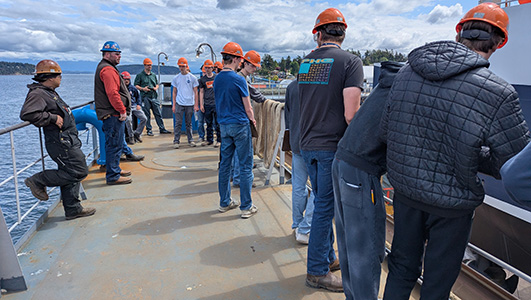||| FROM RUSSEL BARSH for KWIAHT |||
At least one confirmed and six suspected cases of Highly Pathogenic Avian Influenza (HPAI), the aggressive new variant of “bird flu,” have recently been identified in wild birds in San Juan County. We are asking all islanders to be on the lookout for freshly dead birds that can be sampled and tested for the HPAI virus; and to minimize contact between domestic poultry and wild birds.
HPAI is most widespread in domestic flocks of chickens and other poultry, but can also be passed to wild birds through close contact, such as raptor predation on backyard chickens. Songbirds are currently considered to be at low risk for HPAI.
Nearly 2,000 cases in wild birds have been documented nationwide since January, mainly on the East Coast and Great Lakes, but almost every state has been affected. There have been 45 reported cases in Washington State so far. By comparison, HPAI has killed an estimated 17 million chickens and other domestic fowl in the United States this year, according to USDA.
Raptors make up a large proportion of HPAI cases in the Pacific Northwest, although migratory waterfowl are believed to be the main long-distance vector of the virus in wild birds. Wild waterfowl like ducks and geese contract and transmit HPAI, but are more resilient to the disease than raptors.
The H5H7 virus responsible for the 2022 wave of bird flu is only the latest in a series of variants that have affected mainly domestic bird populations since the 1980s. Like the virus that causes Covid-19, the bird flu virus is highly mutable, and continues to evolve new genetic variations that are more or less transmissible, and more or less deadly.
A wild bird infected with HPAI will quickly exhibit respiratory distress such as gasping, lethargy, disorientation, and possible discoloration (edema) of exposed skin (typically on legs). Death commonly results within 24 hours. The dead bird may be superficially plump, well feathered and healthy, with no obvious wounds or injuries.
HPAI is not the same as salmonellosis, caused by bacteria spread through wild songbirds’ saliva and feces, for example at crowded bird feeders. There have been a dozen reports of salmonellosis, mostly in Pine Siskins, in the San Juan Islands over the past year, but far more in urban areas where more birds depend on humans to provide them with food. Birds afflicted with salmonellosis fluff up, grow lethargic, and most die. However, salmonella does not ordinarily affect raptors, waterfowl, or domestic poultry.
Avian flu strains very rarely affect humans in contact with infected birds. Nonetheless, if you find a dead wild bird with no obvious physical cause of death, please don’t handle the bird. Contact Kwiaht at info@kwiaht.org so that we can examine it and take samples if necessary.
If you think you may have a case of HPAI among your backyard chickens or ducks, please contact Dr. Amber Itle at the Washington State Department of Agriculture, AItle@agr.wa.gov, who is coordinating the state’s response to HPAI’s impacts on domestic flocks.
**If you are reading theOrcasonian for free, thank your fellow islanders. If you would like to support theOrcasonian CLICK HERE to set your modestly-priced, voluntary subscription. Otherwise, no worries; we’re happy to share with you.**








